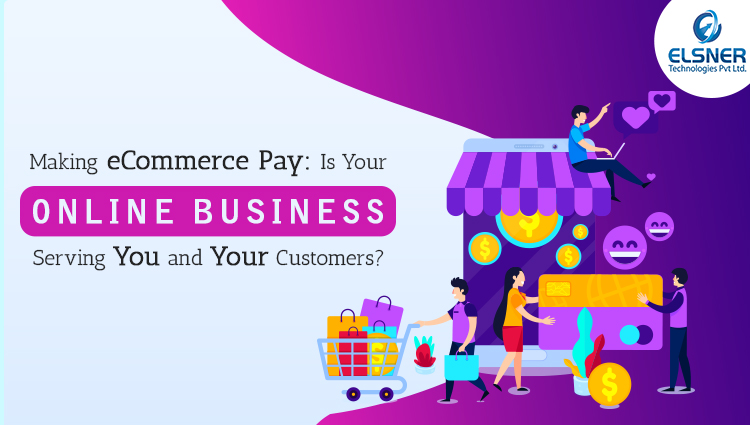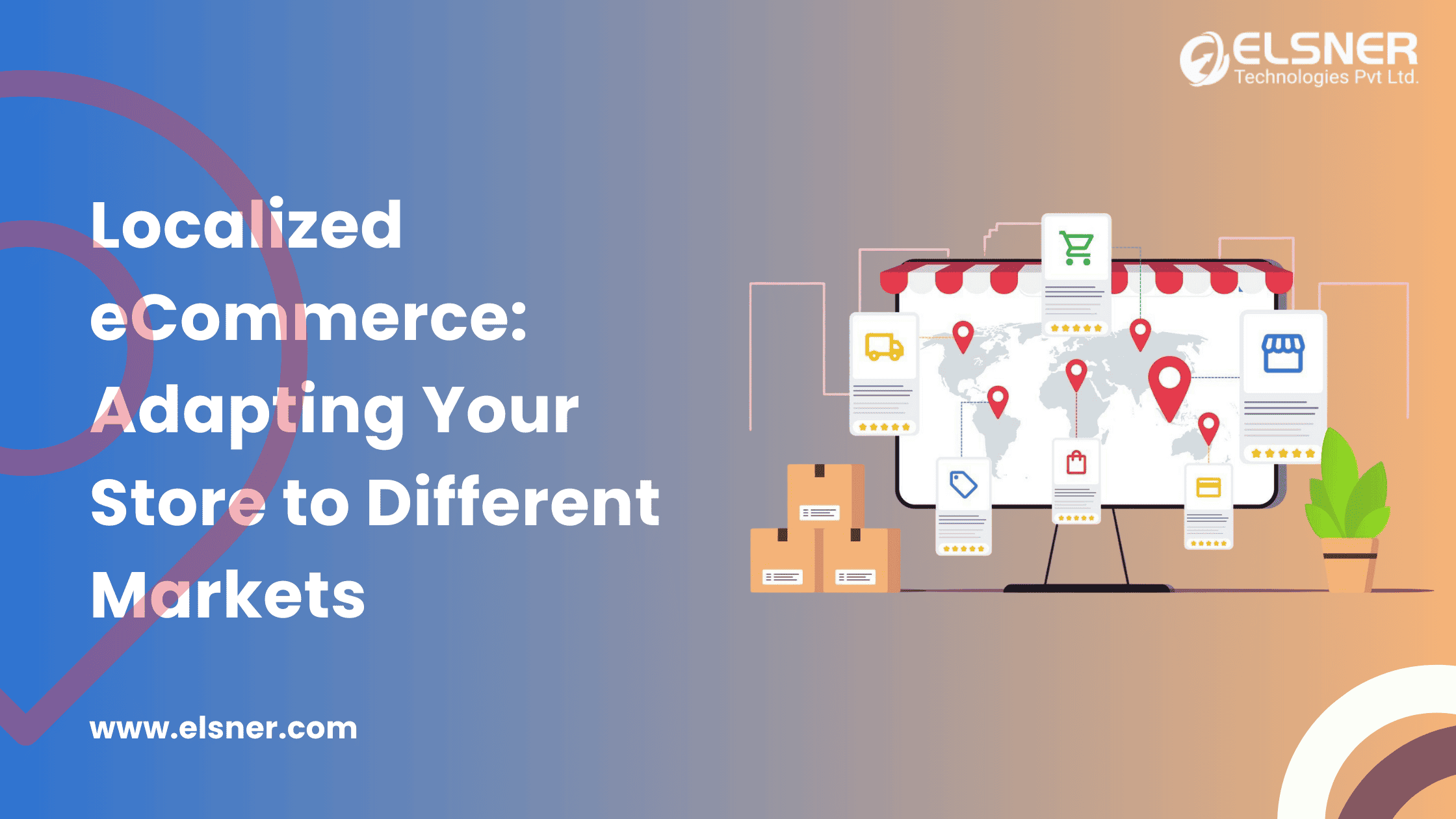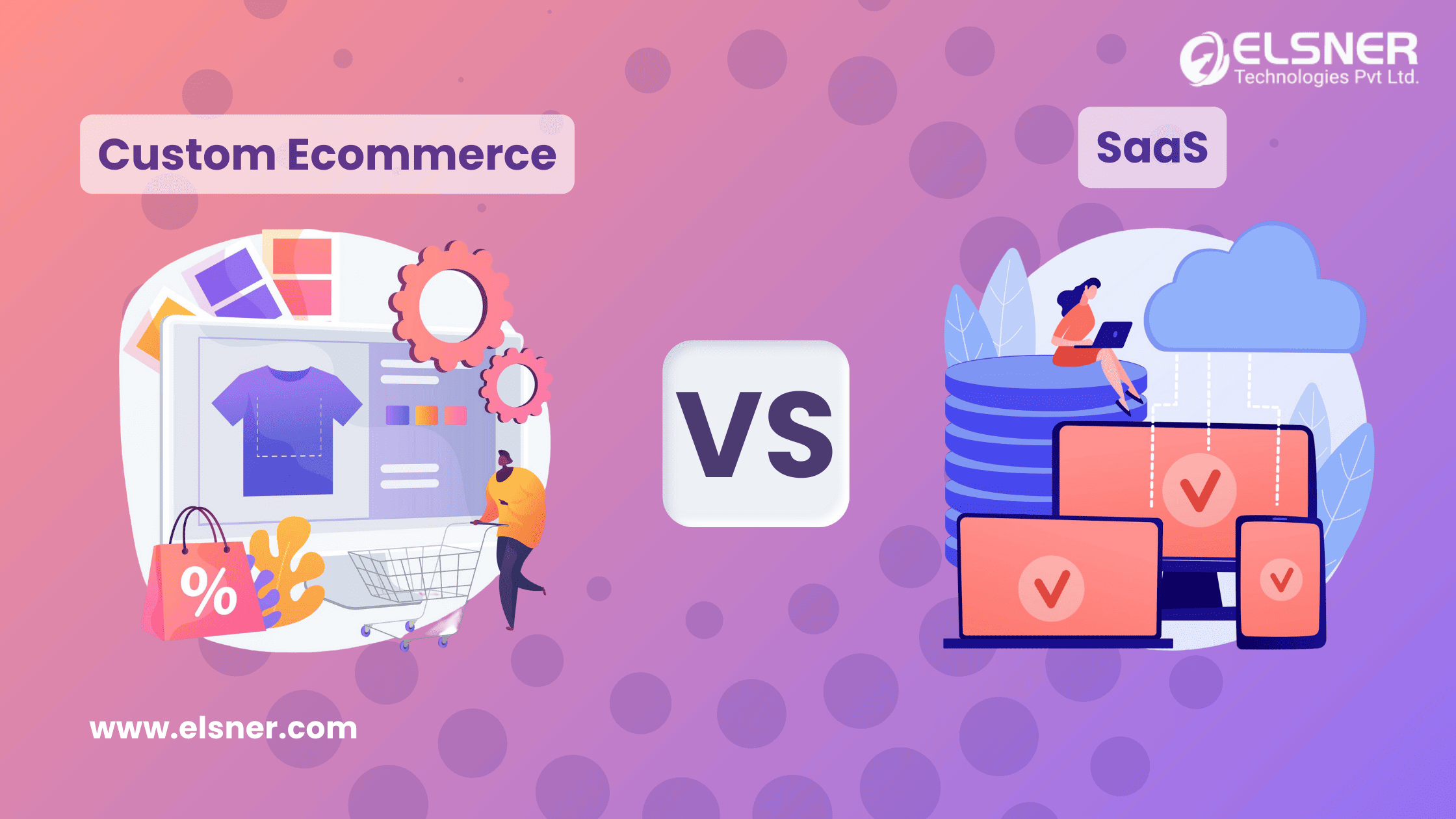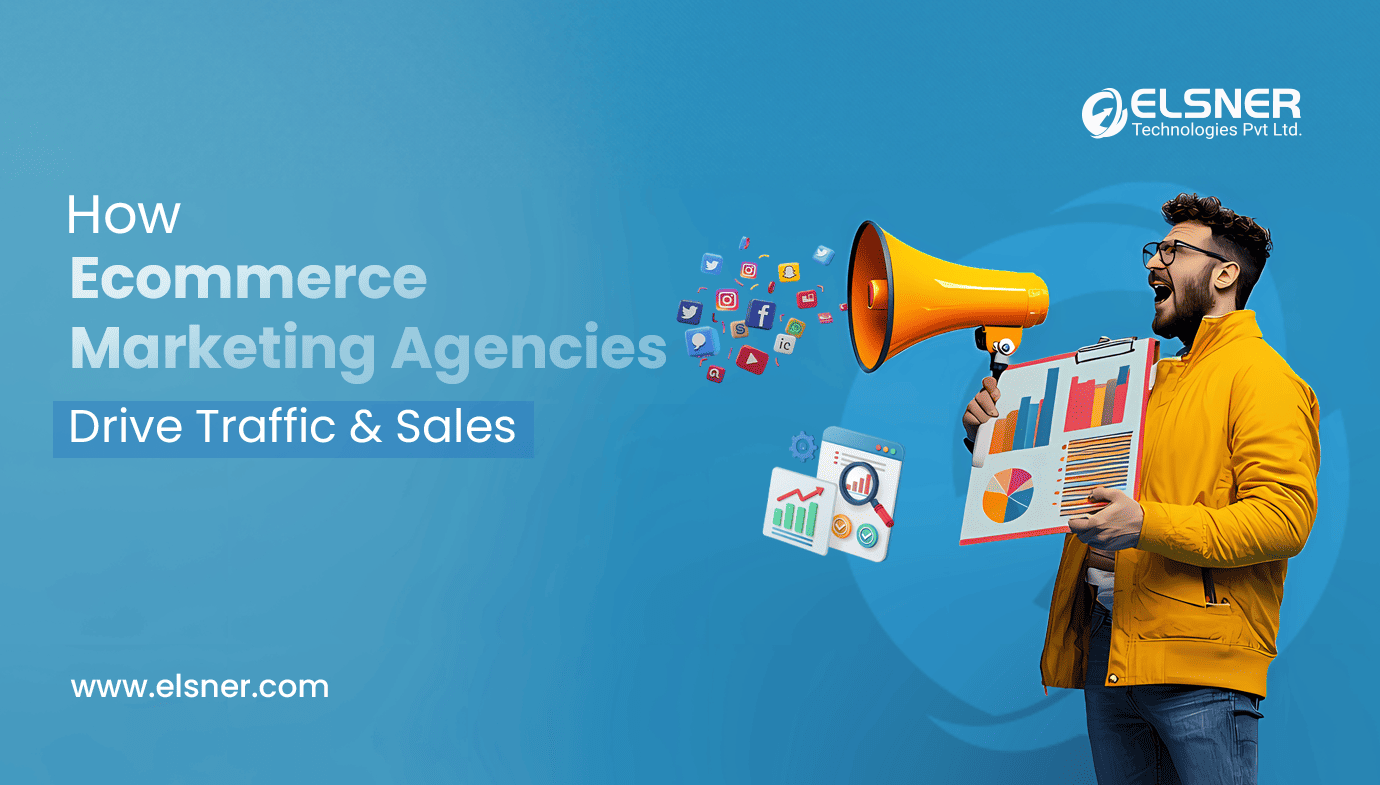Ise-Commerce similar – and equal to – traditional “commerce” in 2019? Not quite. Although e-Commerce today has significantly mainstreamed from being an unknown frontier at the turn of the last century it’s now ingrained in the social consciousness and greatly improved in terms of ease of use. Online shopping has become a relatively uniform, smooth-serviced known entity.
Location-based stores still account for 80 percent of consumer spending across demographics in all countries. That said, online business has done much over the last two decades to address security concerns and compete directly with the corner store. eCommerce today has also tried to emulate the shopper gratification brick and mortar stores provide. Smooth and highly secure protocols to checkout, a greater cross-border ability, and even Amazon’s drones all go toward making shopping online more pleasant and prompt for the consumer.
In 2017, 1.66 billion online shoppers helped buoy eCommerce. That might seem far less than the global population of almost 8 billion people, but it’s a massive online retail shopping force. As a trend, buying online is set to keep growing, and the phenomenon is on its way to becoming default consumer behavior across the globe.
eCommerce Tech Requisites
No thinking gardener hopes to accomplish much in their little patch of heaven without tools. Similarly, e-Commerce will be a headache without the right technology in place. Successful e-Commerce starts with the right hardware, after all. Employing professionals like London IT support company, CITC can ensure you’re properly equipped and that everything logically – and cost-effectively – ties together. The correct tech setup ultimately provides your customers with professional, seamless experience in your online store.
The notion of an eCommerce site might seem distant or “out there”, but the office hardware like servers, laptops, and Wi-Fi devices need to be spot-on to avoid weak presentation or downtime, both of which lead to frustrated customers.
The modern online consumer demands smooth transactions and lightning-fast delivery. Any business serious about making money online must ensure its tech is modern, up-to-date, and running smoothly. Years ago, a simple telephone call was enough to get a transaction moving. The only complication happened when the phone lines were down. However, with transactions online, there’s a lot more tech to maintain to enable a truly great customer experience.
Hardware capacity and functionality is where eCommerce begins. It’s also important to be clear on your hosting provider’s eCommerce abilities, quite apart from ensuring your hardware is adequate and running as anticipated.
eCommerce Design Imperatives
Whether you opt to employ Shopify or another template eCommerce builder – or not at all – the design of an eCommerce site is different from a company intel site or blog. Specifically, there are several salient points to consider in building an eCommerce site:
Responsive design
While it’s true that Gen X’ers currently make up the majority of online consumers – more so than Baby Boomers or Millennials – it’s also true that fully one-quarter of online purchases are made using a mobile device. Your eCommerce site, therefore, needs to provide a seamless, uniform experience across all devices. Making sure your site is optimized for mobile users of any age is the modern heart of responsive design.
Search bar and navigation
Apart from logical and swift navigation, a search bar is essential for a large percentage of users. Statistics show many users employ the search bar to hasten or narrow down options. Some detail around site searching can also add greatly to the UX. An online clothing store, for example, might offer a basic search that users can further refine by selecting for gender, age, item type, and so on. Building in autocomplete functionality is another aspect that your IT crew should focus on, employing it wherever it can smooth a client’s route to purchase.
OTC or Guest Checkout
To capture or not capture data: this is the bugbear of many online stores. Over the counter (OTC) trade is typically a share trading term, and likewise, walk-in or – as yet – unregistered customers might find your site and want to make a quick purchase. Don’t let your desire for analytical detail or your insistence on gleaning their details impact sales negatively. Allow non-registered users to shop freely, and rather offer them the opportunity to complete registration at the end of a purchase, where you can display the basic details they have already provided in a quick pop-up.
Optimal site performance
Slow sites lose customers. Today’s online consumer is accustomed to the dazzling speed of use in comparison to a mere 10 years ago. Again, this is an arena where your IT support team needs to show their mettle, as some 40 percent of users will click past you if your site takes longer than three or four seconds to load. Your IT support may compress images, employ caching, or combine JavaScript resource files into single entries. These are all tools IT support can bring to bear on your site’s performance. The adage “slow but steady” never wins the race while shopping online.
Security remains paramount
A Secure Sockets Layer (SSL) or the more modern Transport Layer Security is mandatory for any Magento eCommerce site. Customers need to know their credit card or other payment details are wholly secure and treated with extreme care by your company. Typically, local legislation will also mandate that such secure transacting is implemented in the interests of consumer protection.
Remember, there’s no division between IT support and any of these eCommerce considerations. When a land-based store has been built, shop-fitted and equipped, the IT guy and merchandiser and other retail experts take a back seat. Online, a solid understanding of Inbound Marketing and up-close participation is essential from your IT crew.
A Point of Sale (POS) system might frustrate customers a little in a physical store, but with eCommerce every change the IT department makes to the site has potential sales ramifications. It’s essential that IT support is not only involved but also suffused in retail ethics when building an eCommerce site.
eCommerce Protocols and Consumer Behaviour
Once an eCommerce site is designed with the above aspects in mind – carrying the company ethos, branding and range – it’s time to become a customer in your own store. Look at online consumer trends, and do a myriad of practice purchases through your own portal. Contemplate honestly what might frustrate you at certain points or what might be better designed for the end user. The aim is for a coherent, easy, and fast experience.
In this realm, accompanying copy becomes critical, as weak or insufficient information is just enough of a mishap to leave consumers uninformed, vague, and moving on elsewhere. A succinct and successful copy is imperative, even if it’s only a product description. Indeed, especially if it is.
Remember this list to meet consumer demands and succeed with eCommerce:
- Offer solid customer service and resist the temptation to over-promise. You can use contact center software to manage your customers’ expectations in a timely manner. Just like a traditional business, rather under-promise and over-deliver. Organic growth follows by word-of-mouth (online reviews).
- Test constantly. Another arena where IT support can really shine, constant site testing is imperative to iron out glitches and improve UX.
- Upsell, but do it gently. Prompt possible associated purchases once a customer has embarked on filling their cart rather than obscuring the checkout with a flurry of add-ons just before payment. It’s obnoxious. Upsell in an inoffensive and subtle manner.
- Items behind a click might as well not be there. Design your site so users can access broad categories or batches that display all you wish to sell. Stuffing a site with “hidden” items is a waste of time. Multiple clicks mean no sale, regardless of the amazing content that makes your site attractive to search engines.
- Trumpet your site on social media. Ensure all platforms carry the same branding, some carry-over imagery, and your brand (CI). A gentle lean towards getting people to visit the site needs to be a persistent theme on your social media pages.
- After sales service works wonders. The only kind of persistent mailing that makes consumers glow is yours when you send constant updates on where their order is in the process of dispatch. Keeping a client informed post-purchase takes more effort, but it’s also the closest experience they can have is walking into a store and leaving with their purchases in a bag. Close, meaningful communication after a sale shows you care, that you’re professional and fastidious, and shows everyone why they should come back again.
Remember
: you need to plan sales and general customer support for eCommerce, just as in any business. Not everyone is satisfied with FAQs or long delays after an automated response to customer issues. A short chain to getting human support in the form of live chat or a promptly responsive mail is the hallmark of successful eCommerce sites.
So, allow logic, ease of use, and after-sales service to define your online presence – you’ll be well on your way to doing good, profitable eBusiness.

About Author
Pankaj Sakariya - Delivery Manager
Pankaj is a results-driven professional with a track record of successfully managing high-impact projects. His ability to balance client expectations with operational excellence makes him an invaluable asset. Pankaj is committed to ensuring smooth delivery and exceeding client expectations, with a strong focus on quality and team collaboration.




